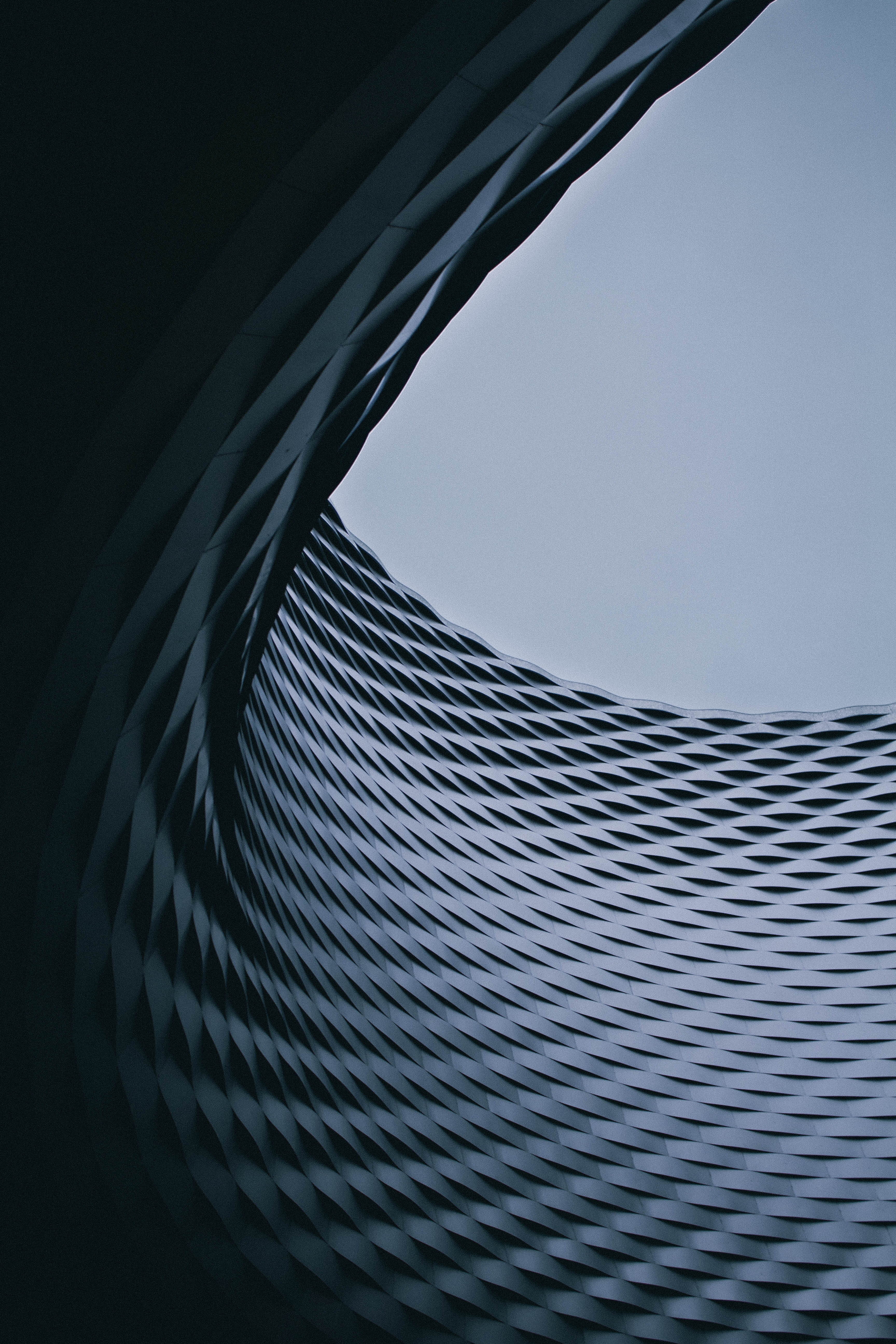Architecture, at its essence, is the art and science of designing and constructing spaces that serve functional purposes while also inspiring and enriching the human experience. In this context, art plays a pivotal role in shaping architectural aesthetics, imbuing spaces with meaning, emotion, and cultural significance. The integration of art within architecture not only enhances the visual appeal of buildings but also fosters a deeper connection between people and their built environments.
Art as Integral to Architectural Design
Art has been intertwined with architecture throughout history, from ancient civilizations to contemporary urban landscapes. Whether manifested through sculpture, painting, murals, or installations, art adds a layer of narrative, symbolism, and beauty to architectural spaces. It transforms buildings from mere structures into evocative and memorable landmarks that resonate with their users and communities.
Enhancing Aesthetics and Identity
One of the primary roles of art in architecture is to enhance aesthetics and create a sense of identity. Artistic elements such as facades adorned with intricate carvings, colorful stained glass windows, or monumental sculptures in public spaces define the visual character of buildings and contribute to the cultural identity of cities and neighborhoods. For example, the Guggenheim Museum Bilbao's titanium-clad exterior designed by Frank Gehry not only serves functional purposes but also functions as a monumental sculpture that has become synonymous with the city of Bilbao.
Creating Emotional and Experiential Impact
Art in architecture has the power to evoke emotions and create meaningful experiences for users. Whether through the play of light and shadow in a cathedral’s interior, the contemplative spaces of a Zen garden, or the interactive installations in a modern museum, art influences how people perceive and interact with architectural environments. It encourages exploration, contemplation, and engagement, turning spaces into dynamic settings for social interaction, learning, and reflection.
Promoting Cultural Dialogue and Expression
In a globalized world, art in architecture serves as a medium for cultural dialogue and expression. It reflects local traditions, values, and stories, while also embracing diversity and innovation. Architectural projects that incorporate local art forms, crafts, and narratives not only celebrate cultural heritage but also promote cross-cultural understanding and appreciation.
Examples of Art in Architecture
The Sydney Opera House, Australia: Designed by Jørn Utzon, the Sydney Opera House is not only an architectural marvel but also a canvas for artistic expression. Its sail-like shells and sculptural forms celebrate Australia's maritime heritage and serve as a backdrop for a wide range of performing arts and cultural events.
Sagrada Família, Spain: Antoni Gaudí's masterpiece in Barcelona integrates sculptural elements, intricate mosaics, and symbolic sculptures that enrich the spiritual and architectural experience of visitors. Each facade of the basilica tells a unique story through its artistic motifs and religious symbolism.
The Louvre Abu Dhabi, UAE: Designed by Jean Nouvel, the Louvre Abu Dhabi exemplifies the integration of art and architecture on a grand scale. Its iconic dome, inspired by traditional Arabic architecture and adorned with a complex geometric pattern, filters sunlight into the museum's interior spaces, creating a mesmerizing play of light and shadow.
Challenges and Considerations
While art enhances architecture in numerous ways, integrating artistic elements into buildings can pose challenges such as budget constraints, maintenance requirements, and ensuring compatibility with functional needs. Additionally, the subjective nature of art means that what resonates with one person may not necessarily appeal to another, requiring careful consideration of cultural context and audience engagement.
Conclusion
In conclusion, art in architecture transcends mere decoration to become an essential component of the built environment, enriching spaces with beauty, meaning, and cultural relevance. By sculpting spaces through art, architects create environments that inspire, provoke thought, and foster a sense of connection between people and their surroundings. As architecture continues to evolve, the integration of art will remain integral to shaping memorable and impactful built landscapes that resonate with humanity's collective imagination and aspirations.


